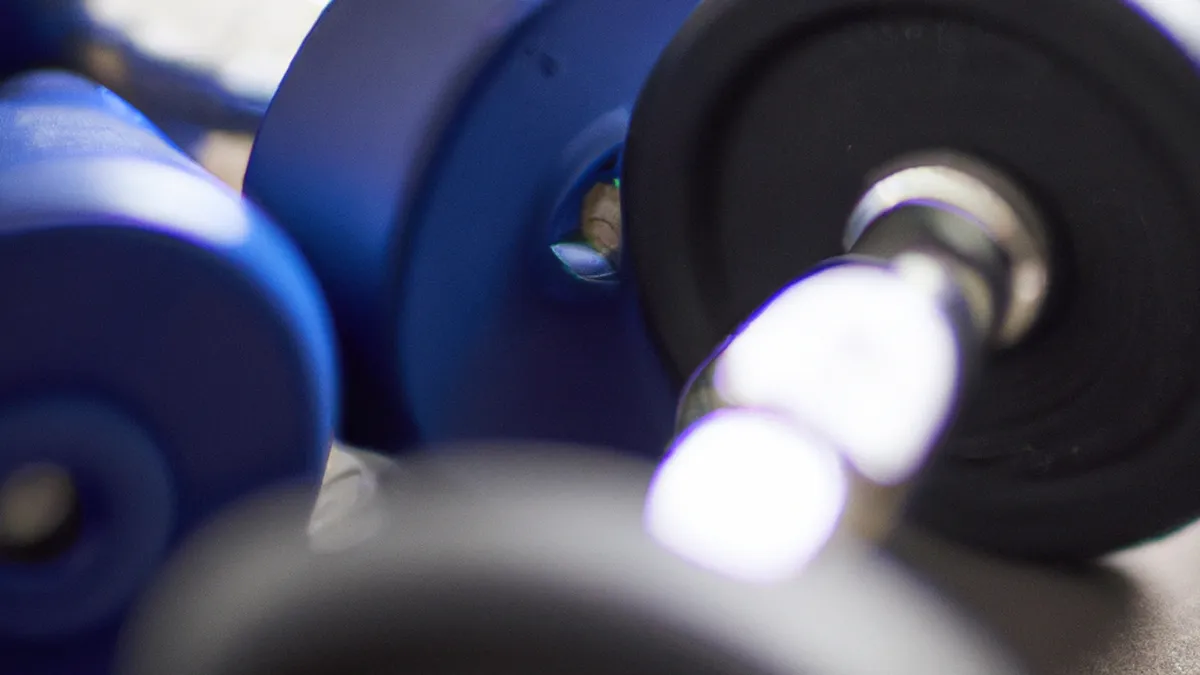Tempo Training Techniques for Serious Lifters
Tempo Training with Dumbbells: Elevate Your WorkoutsTempo training effectively enhances your workouts by focusing on movement speed. Manipulating exercise tempo boosts muscle growth, improves strength, and enhances performance. Using dumbbells adds a challenge, making each workout more engaging. This guide provides tips, advice, and benefits of tempo training with dumbbells for maximizing your workouts.
Understanding Tempo Training
Tempo training includes three key phases: eccentric, isometric, and concentric. Understanding these phases helps you implement tempo training effectively.1. **Eccentric Phase**: Lower the weight during this phase. For example, when performing a bicep curl, bring the dumbbell down. This phase typically lasts longer, promoting muscle growth.2. **Isometric Phase**: Pause at the movement’s bottom. After lowering the dumbbell in a bicep curl, hold for a second before lifting again. This pause increases time under tension and builds stability.3. **Concentric Phase**: Lift the weight during this phase. In the bicep curl, bring the dumbbell up to your shoulder. This phase requires the most effort and builds strength.Controlling these phases creates a more intense workout that effectively targets your muscles.
Tips for Effective Tempo Training
As an Amazon Associate I earn from qualifying purchases.
Gear tip: consider dumbbells, compression sleeves, and compression socks to support this topic.
Choose the Right Tempo
A common tempo format is 3-1-2. This means three seconds for the eccentric phase, one second for the isometric phase, and two seconds for the concentric phase. Adjust the tempo based on your fitness level and exercise. Beginners may prefer a slower pace, such as 2-0-2.
Focus on Form
Proper form is crucial in tempo training. Slow movements reveal weaknesses in your technique. Engage your core, maintain a neutral spine, and control your movements throughout each exercise. If your form suffers, reduce the weight until you perform the movement correctly. Poor form can lead to injuries and hinder progress.
Incorporate Variety
Variety keeps your workouts fresh and engaging. Change your dumbbell exercises regularly to target different muscle groups. Alternate between curls, presses, and rows. Mix different tempos within your workouts to prevent plateaus and stimulate muscle growth, ensuring your body continues to adapt.
Plan Your Workouts
A structured workout plan helps you stay consistent and focused. Designate specific days for different muscle groups. Alternate between heavy lifting days and tempo training days to prevent overtraining.
Conclusion
Tempo training with dumbbells enhances workouts by improving strength and muscle growth. Focus on tempo, form, variety, and planning for optimal results.
Below are related products based on this post:
FAQ
What is tempo training?
Tempo training is a workout technique that emphasizes the speed of movement during exercises. It includes three phases: eccentric, isometric, and concentric, which together enhance muscle growth, strength, and overall performance.
How can I choose the right tempo for my workouts?
A common tempo format is 3-1-2, where you spend three seconds on the eccentric phase, one second on the isometric phase, and two seconds on the concentric phase. Beginners might start with a slower pace, such as 2-0-2, and can adjust based on their fitness level and exercise type.
Why is proper form important in tempo training?
Proper form is crucial in tempo training because slow movements can expose weaknesses in technique. Maintaining good form helps prevent injuries and ensures you are effectively targeting your muscles, which is vital for progress.















Post Comment